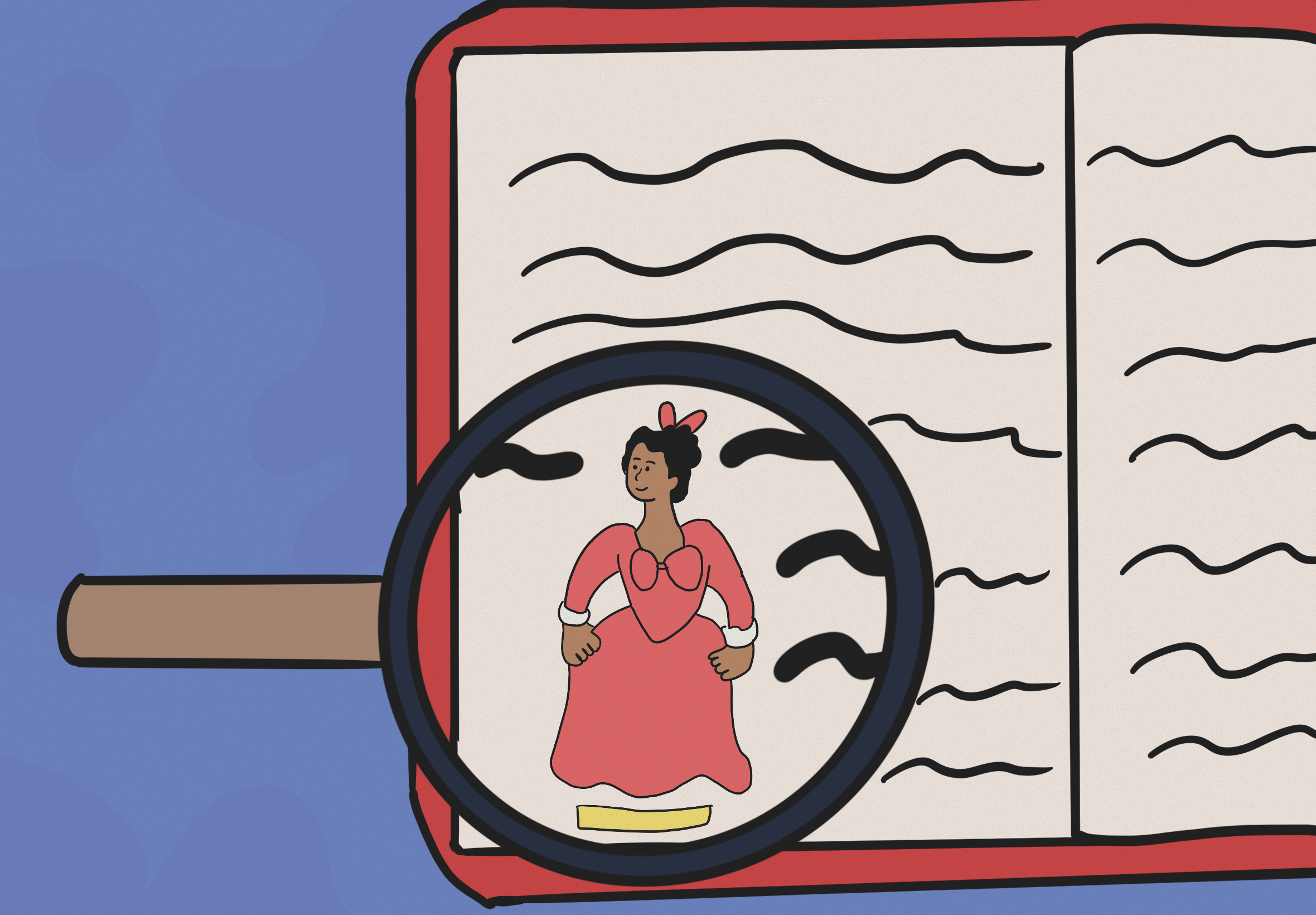It’s Time to Turn the Page on Whitewashed History
Design by Diego Acevedo
My high school history textbook was riddled with grammar and spelling errors. It made having to lug it around all the more frustrating–knowing that I would have to flip through its mind-numbingly boring pages, unable to think of anything else.
At the time, I was too preoccupied with annoyance and tedium to think about the implications of what was taught (and not taught) in those textbooks–particularly the whitewashing of this country’s history. Sure, I had the passing thought that a section felt biased toward a white, male-dominated society, but it wasn’t until my college experience that I truly paused to think about those biases.
The high school curriculum should offer a more holistic and inclusive perspective so we don’t have to unlearn whitewashed history in college, instead building on our prior education. The first step is re-evaluating and re-writing high school textbooks.
The American education system severely lacks coverage of in-depth international history. Textbooks jump across different countries and continents, demonstrating a clear and inherent bias in the countries they choose to include and exclude. While it isn’t feasible to cover every international historical event and its demographic impact, it is important to include more than just a white-washed version. Take Haiti, for example, a country with little recognition in world history textbooks.
“Haiti is almost frozen in time,” said history Professor Noami Andrews, who teaches a class on the Haitian Revolution. “The only fact anyone ever knows about it is that a successful slave uprising happened and that Haiti is the poorest country in the southern hemisphere now.”
I have a pretty solid understanding of major U.S. historical events, but ask me anything about Canada’s history, and I can say with 98% certainty that I won’t be able to answer correctly. College history sources have significantly helped me understand these complexities.
“I tend to pick primary sources that speak to or challenge the narrative that I am presenting the class through,” said Andrews. “I like students to see that there are two different ways to understand what’s going on.”
But deep-rooted issues in the historical understanding of the general population remain, since only some have access to these primary sources and higher education to learn about the nuances.
A history curriculum with such alarming gaps and insufficiencies leaves people with a flawed understanding of the world and feeds existing societal biases about minorities and gender. History itself can be gate-kept.
And as a result, history textbooks are partial to the United States. They politely portray atrocities committed by the U.S. and omit the influence of other nations if it doesn’t fuel the narrative of national supremacy.
Often, racism is downplayed, with the brutality of slavery bypassed or enslaved people portrayed as “happy” in their circumstances. Sometimes, textbooks depict racism as magically disappearing with the end of the Civil War. Even Native Americans are referred to as “savages” in order to justify the actions of white settlers in decimating their land and population and forcing religious conversion.
But race isn’t the only topic that needs to be reconsidered in textbooks. Last quarter, my United States women’s history class shed light on what history textbooks tend to do: put women in a box. These textbooks point out prominent women in history, like Sacagawea or Marie Curie, but only ever as a side note–not important enough to be in the main storyline. Rather, they are given a blue or orange box to reside in, with a page or half a page to themselves.
These women are important to history and inspiring for what they’ve done, but they also fail to represent women throughout history. Not every woman was a Marie Curie, and the majority’s stories fail to make it to the page.
Even the women who do get to be in the narrative are misconstrued by the constraints of the patriarchy. In other words, women’s accomplishments are highlighted only if they fit into a patriarchal, masculine ideal of success.
When you put minority identities and gender in a callout box, you undermine their significance instead of emphasizing their stories.
